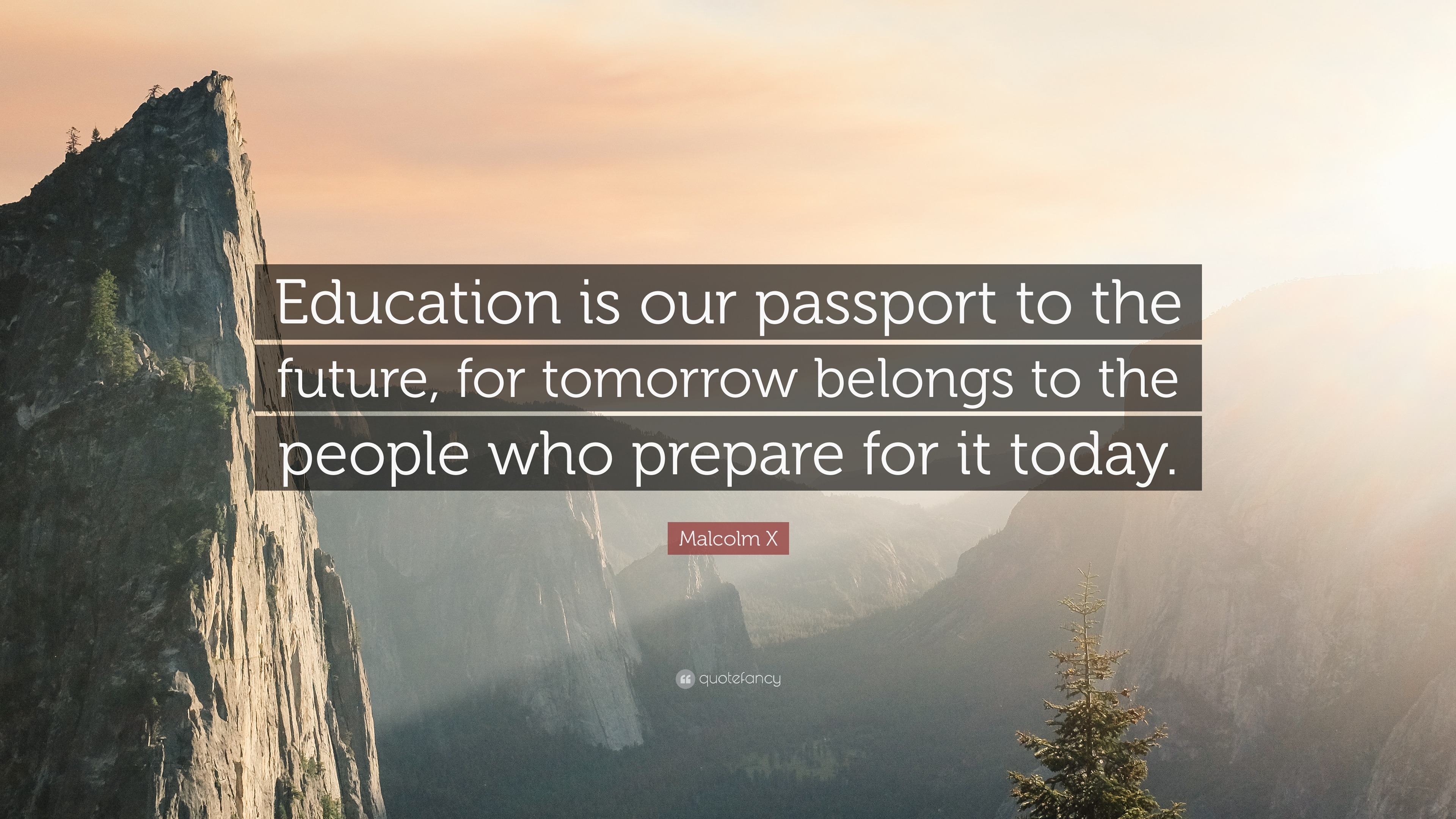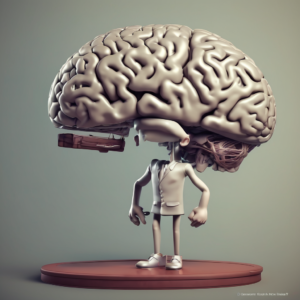The importance of education in shaping our future
By acquiring knowledge and skills today, we equip ourselves to face the challenges and opportunities that tomorrow may bring. Education provides us with the tools to understand the world, think critically, solve problems, and contribute to society.
Preparing for the future requires an investment in education, both individually and collectively. As individuals, we can pursue formal education through schools, colleges, and universities, as well as engage in lifelong learning through various means such as online courses, workshops, and self-study. By continuously expanding our knowledge and staying updated with the latest developments, we can adapt to changing circumstances and thrive in an ever-evolving world.
On a broader scale, societies that prioritize education and provide accessible and quality learning opportunities to their citizens tend to foster innovation, economic growth, and social progress. By investing in education today, governments and institutions can empower their people to become skilled professionals, critical thinkers, and active participants in shaping the future.
In summary, education serves as a passport to the future by equipping individuals with the necessary skills and knowledge to navigate the challenges and opportunities that lie ahead. By preparing ourselves today, we can better position ourselves for success and contribute to building a brighter tomorrow.
Here are some additional points to consider regarding the importance of education as a passport to the future
Adapting to a Changing Workforce
The job market is constantly evolving due to technological advancements and societal shifts. Education helps individuals stay relevant by acquiring new skills and knowledge that align with the changing demands of the workforce. It equips them with the ability to adapt to new technologies, industries, and job roles.
Fostering Critical Thinking and Problem Solving
Education goes beyond the acquisition of facts and information. It cultivates critical thinking skills, enabling individuals to analyze situations, evaluate evidence, and make informed decisions. These skills are crucial for addressing complex problems, finding innovative solutions, and contributing to the progress of society.
Promoting Personal Development
Education is not only about career advancement but also personal growth. It broadens our perspectives, enhances our understanding of the world, and nurtures qualities such as empathy, tolerance, and cultural awareness. Education empowers individuals to become well-rounded individuals who can contribute positively to their communities.
Empowering Individuals
Education has the power to transform lives by providing opportunities for social mobility. It can break the cycle of poverty, inequality, and discrimination. Accessible and quality education ensures that everyone, regardless of their socioeconomic background, has an equal chance to succeed and fulfill their potential.
Building Resilience
Education equips individuals with the knowledge and skills to navigate challenges and setbacks. It instills resilience, perseverance, and the ability to overcome obstacles. In a rapidly changing world, these qualities are essential for individuals to bounce back from failures, adapt to new circumstances, and continue learning and growing.
Advancing Societal Progress
Education plays a pivotal role in driving societal progress and development. It promotes scientific and technological advancements, fosters innovation and entrepreneurship, and enhances the overall well-being of communities. Educated individuals are more likely to actively participate in civic life, contribute to social causes, and work towards positive change.
In summary, education is a powerful tool that not only prepares individuals for future opportunities but also empowers them to shape a better future. It equips individuals with the skills, knowledge, and mindset necessary to thrive in a rapidly changing world, contribute to society, and overcome challenges along the way. By investing in education today, we invest in a brighter tomorrow for individuals and societies as a whole.
The text is generated using artificial intelligence
















